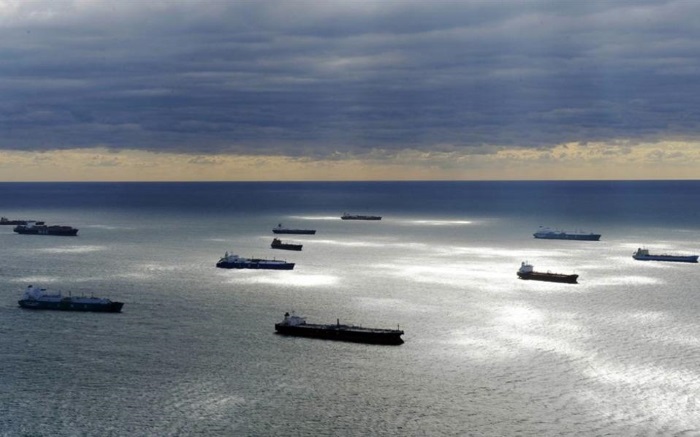Shipowners and maritime regulators should aim for significant improvement in energy efficiency and cut fuel consumption by 2030 to align with the Paris Agreement’s climate goal to limit global warming above 1.5 degrees Celsius above pre-industrial levels, maritime advisory service UMAS said April 5.
In November 2022, nonprofit Science Based Targets initiative said greenhouse gas emissions from shipping should fall 37% in 2030 and 96% in 2040 against 2008 baselines to cap global warming at 1.5 C above pre-industrial levels and avoid climate disasters.
In a study, UMAS — affiliated with the University College London — found the global fleet’s average efficiency would need to improve by 55%-60% from 2008 within this decade to meet the 2030 target.
“Industry is increasingly under pressure to align with 1.5 C and has broadly embraced that this can only be achieved by a fuel transition,” UMAS principal consultant Jean-Marc Bonello said. “However, this may distract from the fact that significant gains in energy efficiency through technologies, including wind assist, and operational measures are needed this decade.
“There are well known options that will not see significant uptake without much stronger regulatory and voluntary focus and attention,” Bonello added.
The International Maritime Organization, the UN’s shipping agency, has currently only aimed to reduce the carbon intensity of cross-border shipping by 40% by 2030 and to halve GHG emissions by 2050 from 2008 levels.
In March, industry group Global Maritime Forum also suggested shipowners can minimize fuel consumption by optimizing speeds and sailing routes. The organization estimated that, in an ideal scenario, shipowners can cut fuel consumption by 64 million mt/year, reduce 200 million mt/year of CO2 emissions and save $50 billion annually by practicing just-in-time arrivals at ports.
S&P Global Commodity Insights’ reference case shows global bunker consumption will increase to 328 million mt in 2030 from 325 million mt in 2023, before falling to 300 million mt in 2050.
At the beginning of 2023, the IMO introduced its first set of GHG rules, including the Energy Efficiency Existing Ship Index and the Carbon Intensity Indicator. The group has promised to tighten the regulations through this decade.
“Both CII and EEXI will provide some of the clarity that shipowners have needed to help lower their emissions,” Clarksons’ head of green transition, Kenneth Tveter, said in a company report in April. “CII will have a growing impact in terms of dictating vessel speeds to improve energy efficiency whilst other emission-reduction solutions are deployed.”
Fuel mix
Aside from improved energy efficiency, many shipping professionals said the industry needs to shift to alternative fuels from oil-based fuels to achieve deep decarbonization later this century.
By the end of 2023, 6% of the global fleet will be capable of running on alternative fuels and 25% be fitted with an energy-saving technology, according to shipbroker Clarksons.
S&P Global forecast that LNG will have a 7.8% share in the world’s bunker mix in 2030, compared to 2.2% for low-emission fuels and energy sources.
In its study, UMAS urged shipowners to focus on developing supply chains for hydrogen-derived fuels in this decade rather than for LNG bunkering — as only those synthetic fuels can lead to great GHG reduction.
Synthetic fuels are expected to be more expensive than conventional fuels, and UMAS co-founder Tristan Smith suggested better energy efficiency could lead to even more cost savings later on.
“The greater the efficiency gains in the 2020’s, the lower the investment needs and costs associated with fuel transition, and the longer the time available for fuel transition,” Smith said.
Platts, part of S&P Global Commodity Insights, assessed 0.5%S fuel oil, the world’s most common type of marine fuel, at $14.073/Gj in Rotterdam on April 4. Comparatively, LNG-based bunker fuel was assessed at $15.920/Gj and fossil-based methanol bunker fuel was assessed at $17.526/Gj on the same day. Industry estimates suggested green methanol would be least two to three times more expensive than the fossil-based kind.
Source: Hellenic Shipping News





